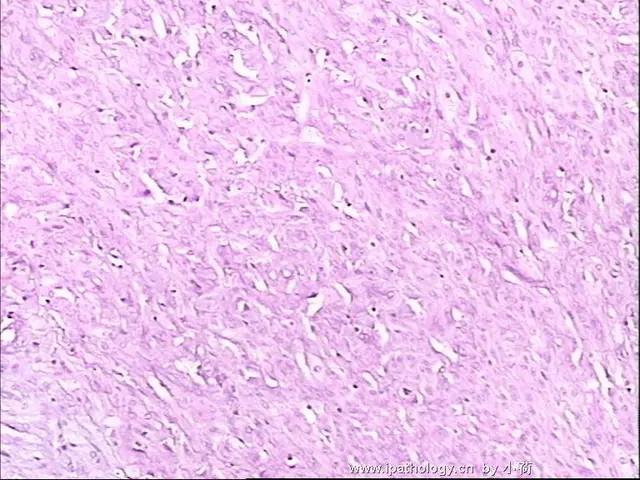As the search operation for missing Malaysian Airline flight MH370 enters the stage of underwater search, the autonomous underwater vehicle, Bluefin 21, undertook its first mission from Monday evening to early Tuesday morning.
An unexpected encounter with water deeper than 4,500 meters, the limit of Bluefin's diving capability had forced the first operation to end prematurely. Analysis of the data gathered by the vehicle showed no sign of evidence of the missing aircraft.
The Bluefin initially has an operating cycle of 24 hours, with two hours going down, 16 hours of searching underwater, two hours coming up to the surface and four hours for data downloading, analysis and re-programming.
It was deployed at about 5:20 p.m. local time (0920 GMT) Monday evening and was discovered at 1 a.m. (1700 GMT) on Tuesday. U.S. Navy Captain Mark Matthews explained to Xinhua what happened with Bluefin during its first mission.
"The area where the Bluefin was programmed for searching ranges from a depth of 4,200 to 4,400 meters, according to the chart. How the Bluefin was programmed was to maintain an altitude over the sea floor of 30 meters. Unexpectedly, we encountered an area that was deeper than 4,500 meters and if the Bluefin would have followed its directions, it would have exceeded its maximum operating depth," Matthews said.
He said the operators made the nautical chart by taking samples of water depth and drew a contour line showing different depth of the bottom. There will be pockets of deeper waters within these samples of water depth.
"It was something the machine didn't expect, the programming didn't tell it how to operate when it hit that kind of condition, so we are adjusting the programming on it and would put it back down," he said.
The Joint Agency Coordination Center (JACC) said on Tuesday that after completing around six hours of its mission, Bluefin-21 exceeded its operating depth limit of 4,500 meters and its built in safety feature returned it to the surface.
The initially assigned search area is a 5 kilometers by 8 kilometers rectangle. Matthews said Bluefin will search the area in 7 lines that roughly go north to south. Each of these lines got a sonar system that looks out approximately 350 meters on either side.
Bluefin has completed two lines, which covers about 11.2 square kilometers, or about 30 percent of the planned area before encountered the excessive depth of waters.
"Data from about 30 percent of the search area has been downloaded and reviewed. There was no sign of any evidence of the aircraft in that portion of the search area," Matthews said.
He said Bluefin has been reprogrammed with better instructions to prevent a similar mission abort and to keep it operating within its operating limitation.
"It will be put back into the water again later Tuesday when the sea state and wave height comes down to allow the safe deployment of the system," he said.
At a press conference on Monday, Chief Coordinator of JACC and retired Air Chief Marshal Angus Houston said the failure to detect further signals may indicate that the batteries of the aircraft black boxes may have died 38 days after MH370 mysteriously disappeared en route from Kuala Lumpur to Beijing.
"It's time to go underwater," Houston said, stressing that the following process would be "slow and painstaking".
While visual and acoustic search are unlikely to yield results and the focus of the search has been switched to sea floor, what the aerial and sea surface searching will be heading is still to be decided by all countries involved.
Houston said all countries involved will get together to consult on what the next step will be later this week. So far, all countries are still operating in support of various search activities.
Earlier on Tuesday, JACC announced the deployment of nine military aircraft, two civil aircraft and 11 ships to assist in the day's search for missing Malaysia aircraft.
The Australian Maritime Safety Authority has planned a visual search area totaling approximately 62,063 square kilometers. The center of the search areas lies approximately 2,170 kilometers north west of Perth.
 简体中文
简体中文

